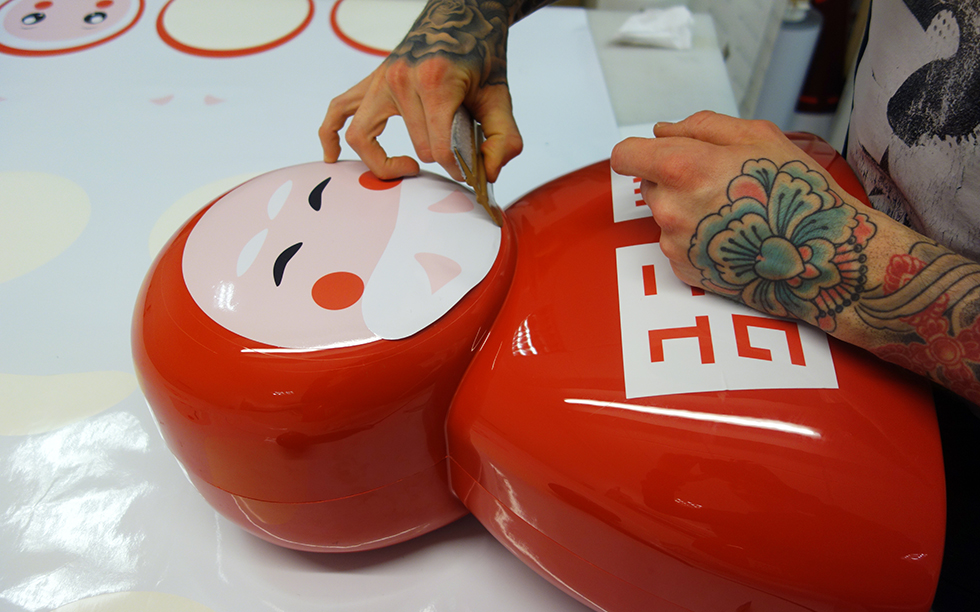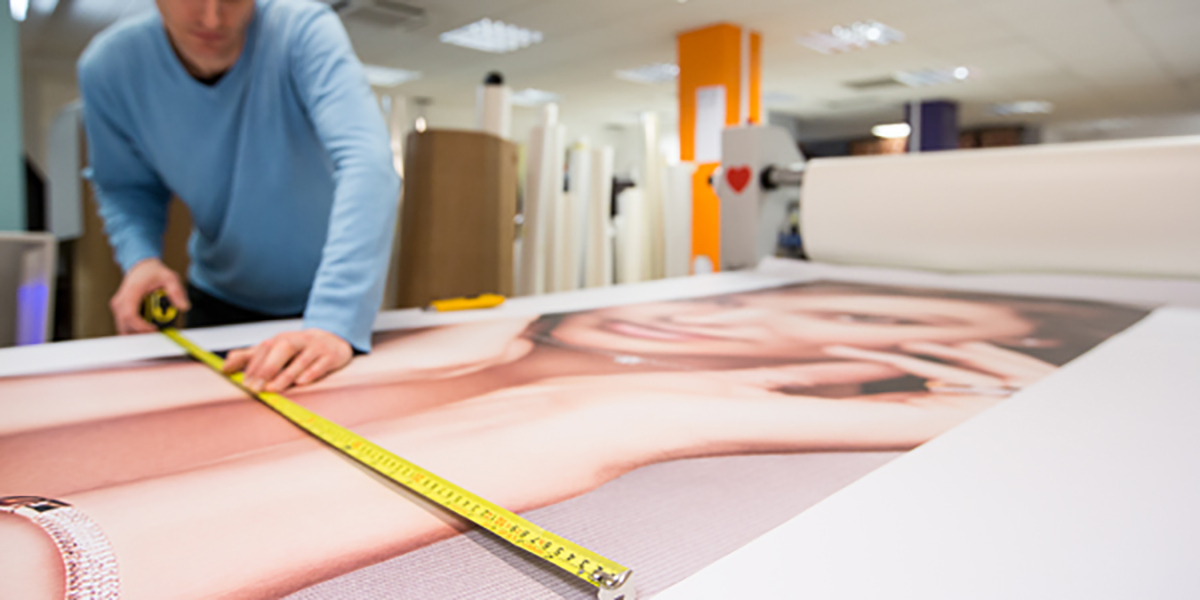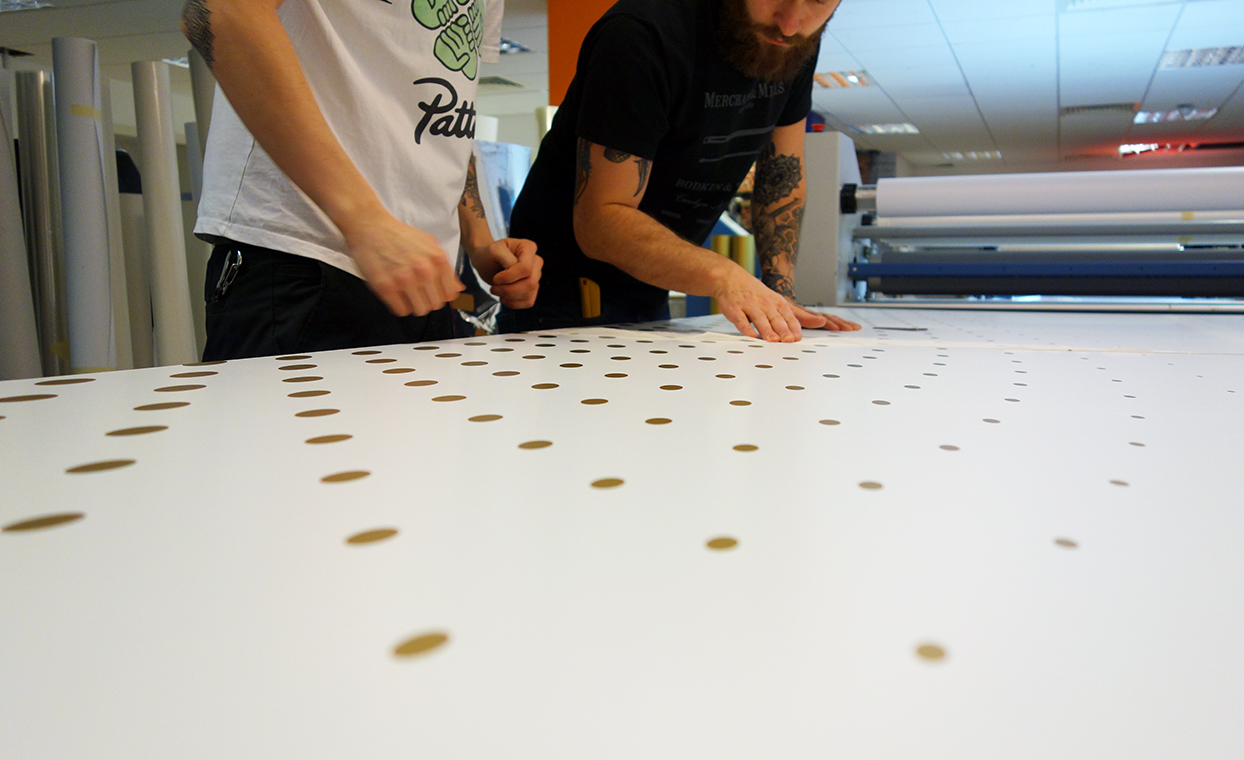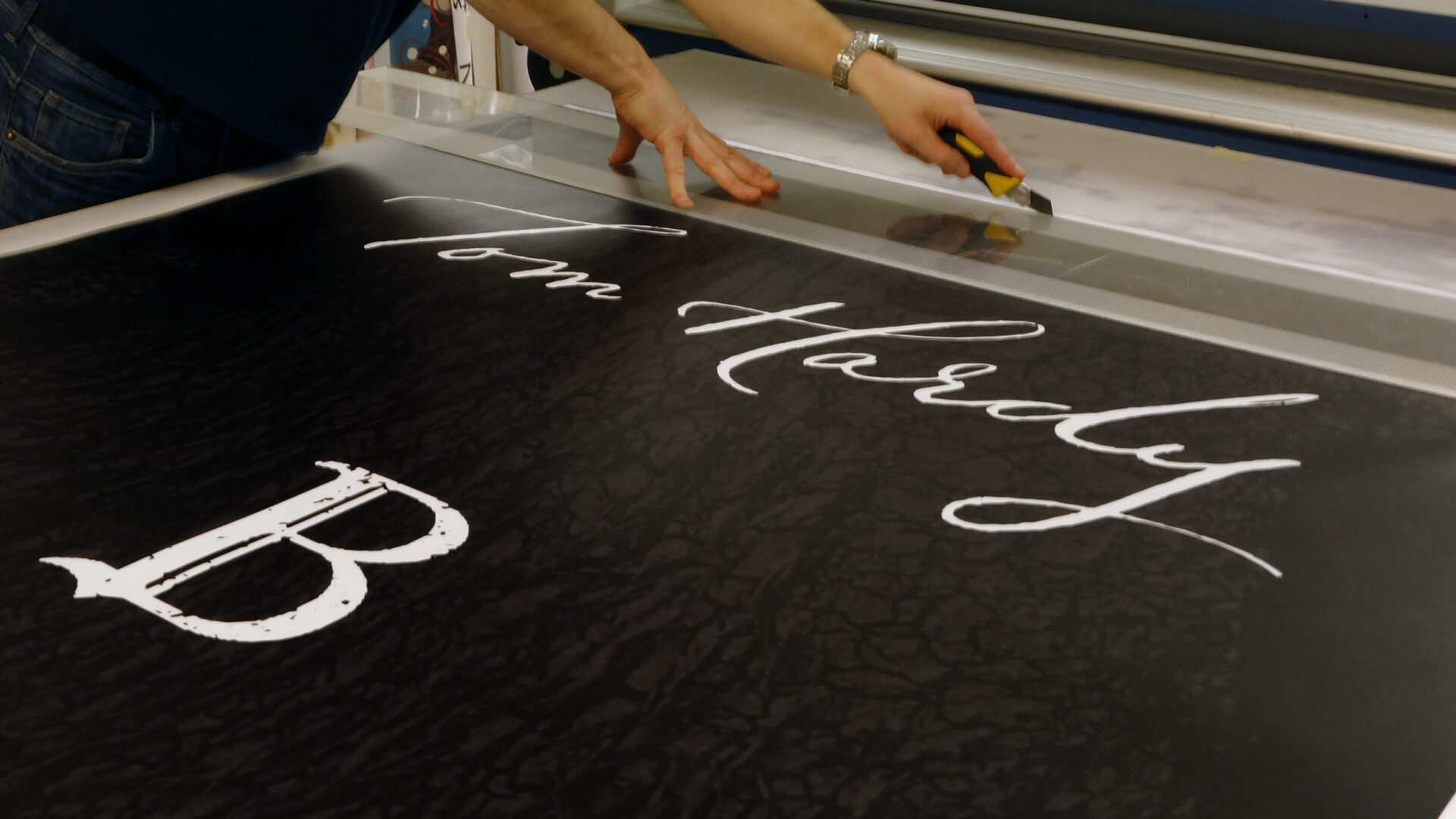
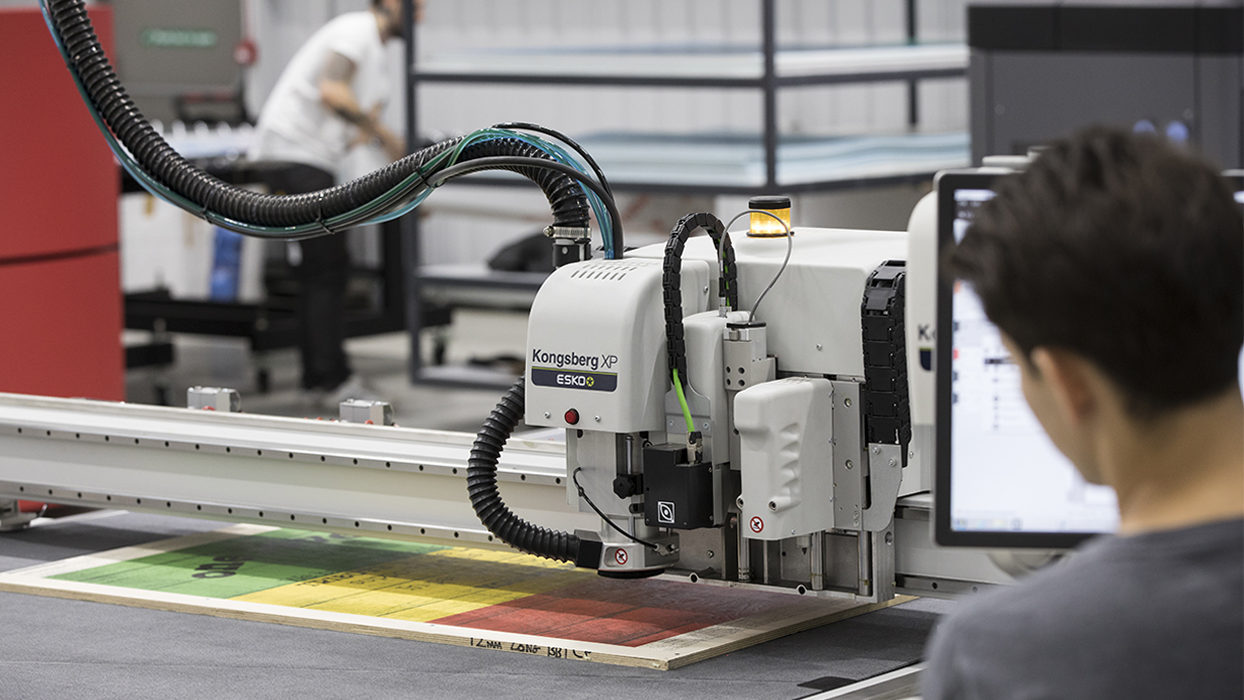
Print finishing is literally a component in addition to the production method. Be it print or cut vinyl decals, used to finish off the job. Not all production requires it, but when it does, we have the materials in-house to help.
We offer a variety of materials and methods to complement and support your prints and display graphics. These include options to mount to a variety of cards, boards, and foam. Also, discover how we use coating and sealing to finish the printed graphics using a host of surfaces including matte, gloss, and anti-graffiti finishes. We'll go through some of the methods so you have an understanding prior to placing an order.
We're happy to offer advice on the print finishing methods we think will suit you and your graphics best based on each job's unique brief. Just talk to us about your requirements, including the materials you'd like to use and the location of your display.
Mounting is when you place a print on the surface of another, usually a flat substrate, like a board. There are many types of boards. However, many are more suitable for direct-to-media printing. Listed below are three of the most common boards we use when mounting.
Foamex (forex) is a hugely popular, widely used, reusable, and durable board. We use it for cut-to-shape graphics, point of sale, event and exhibition spaces, retail stores, and museum and gallery work.
Foamex is produced from plastic so it's fully waterproof when printing directly to the board or when mounting self-adhesive vinyl prints to the surface. And, although Foamex graphics are made of plastic and not recyclable, you could reuse them and send them back to us to re-purpose.
Also known as Polyboard, this lightweight board has a soft centre. And although this means it could be damaged if dropped or knocked, it does make it one of the most perfect media for presentation boards because of its rigid surface. It is used to be the board of choice before on-screen presentations and is still used when necessary. It's lightweight nature obviously makes it easier to carry than a heavier board, especially if there are multiple boards in the set to transport.
Card is a thin paper-based substrate usually 2-3mm in depth. Suitable for indoor use only (unless you're guaranteed sunshine) due to its base material. Card is useful for small strut cards, wall mounts, or even animation stills like our wonderful work for the Bear and the Hare John Lewis advert.
A seal, or laminate coating, is a surface-only cover film placed on top of a print. You can use sealant on both sides if wanted, but it would not cover the sides unless wrapped. We use specialist equipment to seal our prints and the process is often undertaken at the same time as the print is mounted.
A matt (or matte) seal is a film laid to the print with less sheen than a gloss seal. This helps if you want to protect the print but to lessen the potential glare and reflection a gloss seal might afford.
A gloss seal is shiny. So while this can add punch to your print, it can mean that it's reflective of light on its surface and this can distract from the print beneath. Ultimately it's down to choice and the look and feel you're after. Effectively adding a gloss seal to your print, is like placing it behind glass in a frame, at least in terms of look.
This is a seal that can be wiped down easier than a standard seal if a print becomes tarnished with graffiti. It's especially helpful for prints in public areas. A cleaning product is still used to remove the graffiti material, but the makeup of the seal makes it easier to remove.
This a harder-wearing seal used for prints that might have more use, or touching involved. The thicker seal helps with long-term durability.
A seal that is used predominantly for floor graphics and acts as a protection to the public against slipping. Floor graphics are often used in retail environments or for directional signage. As you might expect, they are walked upon, hence the need to product against slippage when possible.
As well as mounting and sealing a print, there are other print finishing methods we can use too.
Encapsulation is what it says on the tin, whereby you encapsulate a print inside something. In this case, it's a plastic sleeve heat sealed together, one of usually a gloss finish. An encapsulated print can be weatherproof helping to stop your work from being damaged by the elements and in the UK, this is most likely to be rain.
A wrap mount is where a print is applied to the surface of a board, with its wrapped edges being covered by the print too. You can use both paper with glue on the reverse and seal on the surface, or self-adhesive vinyl to create a wrap-mounted print. Obstensively it looks the same as a canvas painting, at least in its idea. And instead of wrapping around a wooden frame, you mount to and wrap around a board.
